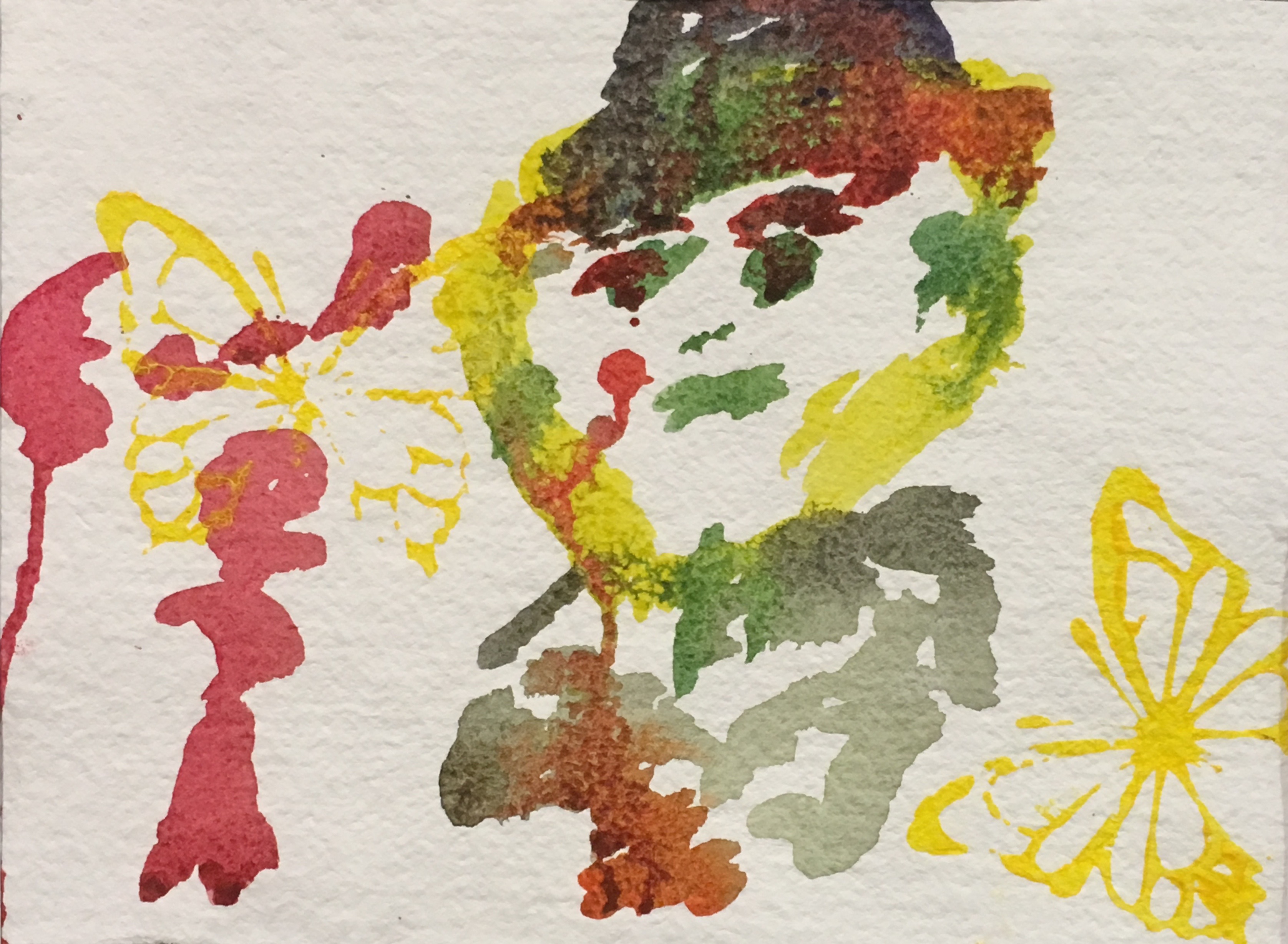
Stories.
They are a part of our composition and we love to tell them, share them, remember them. Our identity is wrapped up in the stories we hold on to. As we go about our daily lives, we accumulate these stories in the back of our minds, saving them for a rainy day. These stories contain drama, sadness, joy, and even the mundane. The irony is often we don’t realize the sum of our days become the best story of all. The coffee shop we went to every Tuesday morning, the neighbors we waved to, the countless late-night phone calls to friends, our drive to work, the books we read, our favorite songs—they come together to create a tapestry of life bursting at the seams.
As we grow older, the details of our lives get buried underneath more pressing needs, such as physical health, ability to walk or move or breathe well. I’ve observed older adults often lose sight of the vital importance of sharing these experiences. Thankfully, this internship has been an experience of re-capturing the stories of the residents at the Ohio Masonic Home’s Memory Care facility. I get the honor of sitting with them and intentionally asking about their lives before Alzheimer’s disease since often with memory loss it’s the more recent events that are harder to retain while experiences from youth are in sharp focus.
One resident in particular who is always eager to share about her life while we make art together, consistently talks to me about her husband. She recounts how they met, the simplicity of their lives together, the places they’ve travelled, the friends she misses, and the way he loves her. As she tells me the beautiful tale of their life I get to watch her eyes light up underneath the dimming fluorescent lights of the nursing home. Talking about her beloved reminds her soul and deteriorating mind that there is beauty even now—even in the reminiscing.
Art has this beautiful process, where in the midst of creating we are transported. This transportation enables us to access different parts of ourselves and our brain. It is not a simple task biologically speaking but it is a simple task of creativity. The projects we do with the residents are not complex—if they were I’d be in trouble because I’m not much of an artist! Our approach is to encourage them to express themselves and not worry about what others see in their creations. By doing this we are forcing them to let their brain do abstract work rather than just working their motor skills and following directions.
This process of being transported has also been called “flow” by positive psychologists. Martin E.P. Seligman in his book Flourish discusses this concept, “The second element, engagement, is about flow: being one with the music, time stopping, and the loss of self-consciousness during an absorbing activity… In flow we merge with the object” (Flourish, pg. 11). Getting to “flow” is so important because of its repetition – it occurs every time that our residents make art – and is essential in the progress we make every week to engage them in self-expression. In a study done at The George Washington University, data supports the type of interactions and conversations we have with residents as it relates to flow. “Flow also may be experienced throughout the art therapy process; for example, post-art making discussions between clients and therapists (which we would identify as meaning making) can take on elements of flow, as do communal moments in the studio when time feels suspended and collective magic seems to happen” (Chilton, Wilkinson, pg. 6).
There is wealth of knowledge and research that I will continue to delve into in the coming posts, but for now I will end with this: the process of art-making for therapeutic purposes encourages the stories of our residents to come to life again which in turn causes them to come to life. This is a rewarding field that deserves attention and recognition.
Guest Blogger: Maddie Schick (Psychology major, Cedarville University, ’19) and Springfield Museum of Art’s education intern for In the Moment: Art Unlocks Creativity, Spring 2019.
References:
Rebecca A. Wilkinson & Gioia Chilton (2013): Positive Art Therapy: Linking Positive Psychology to Art Therapy Theory, Practice, and Research, Art Therapy: Journal of the American Art Therapy Association, 30:1, 4-11
Seligman, M. E. P. (2011) Flourish. New York, NY: Atria.